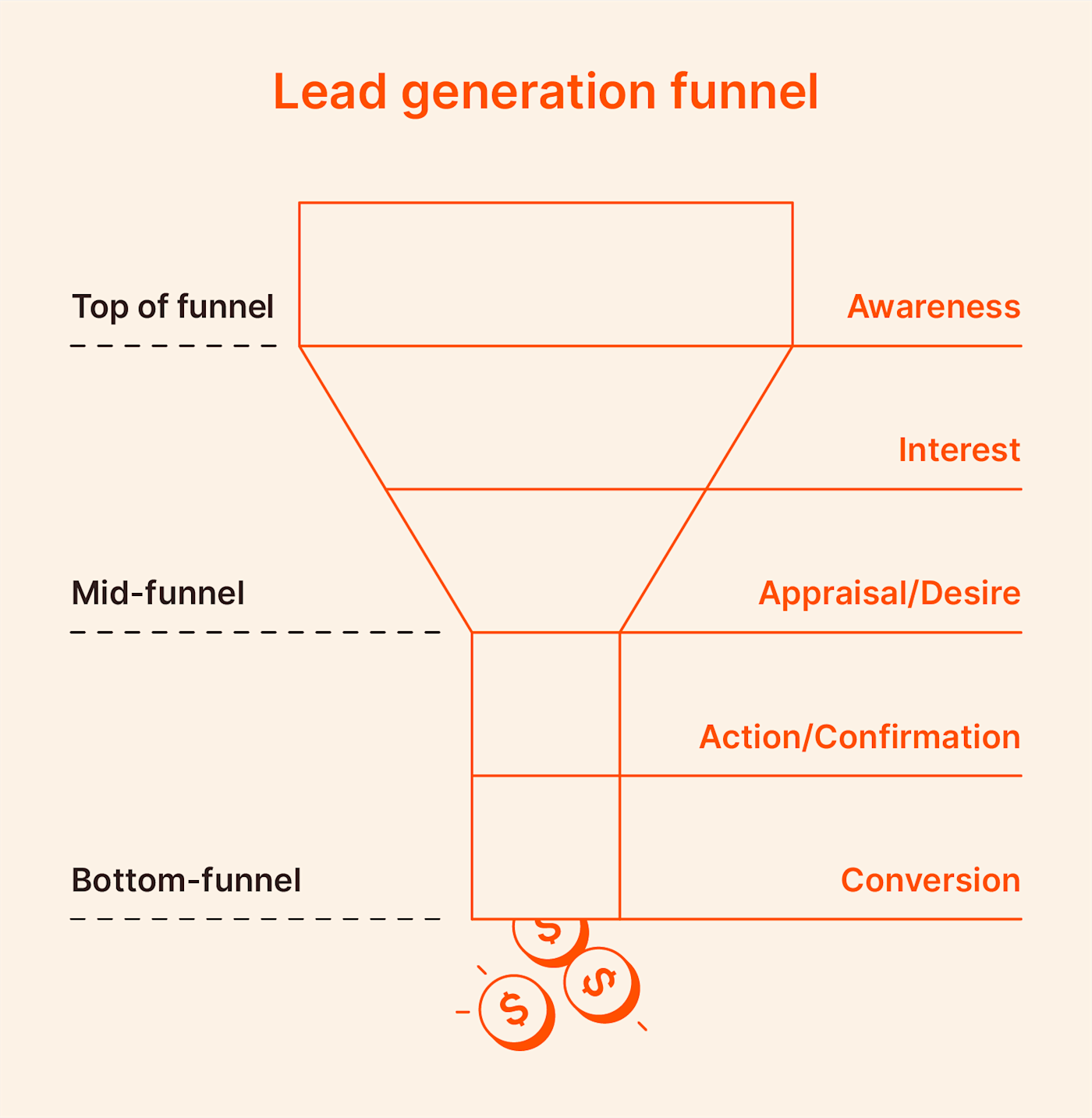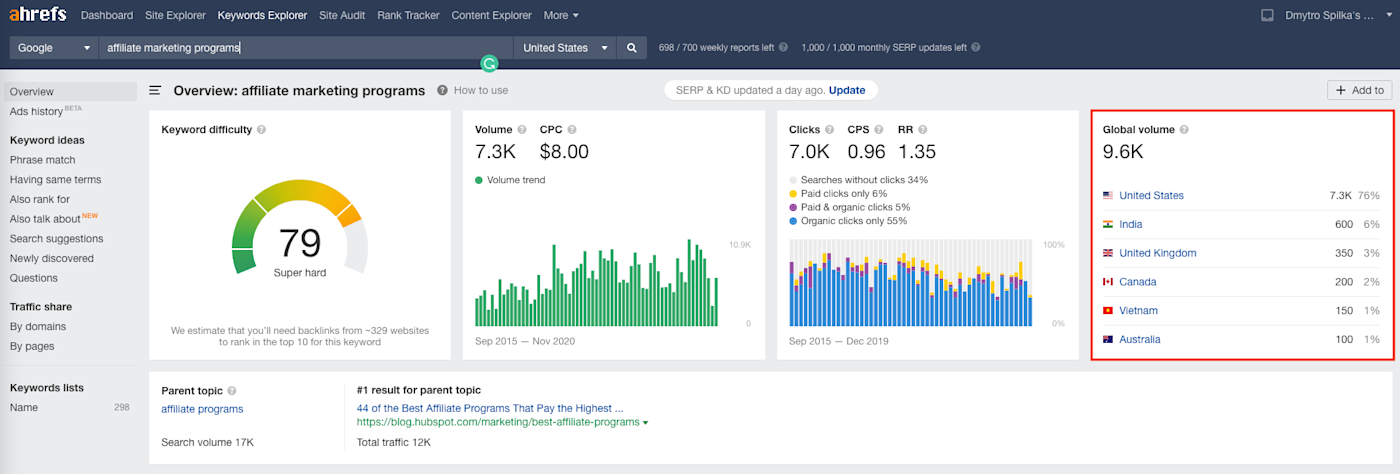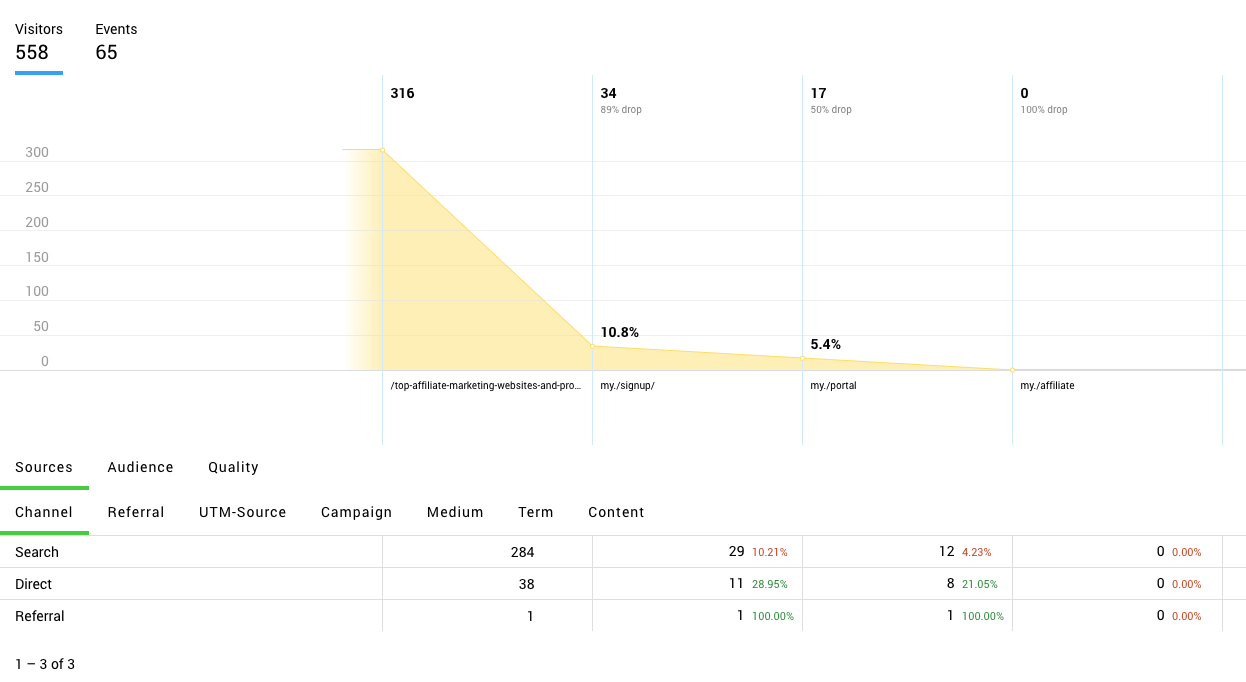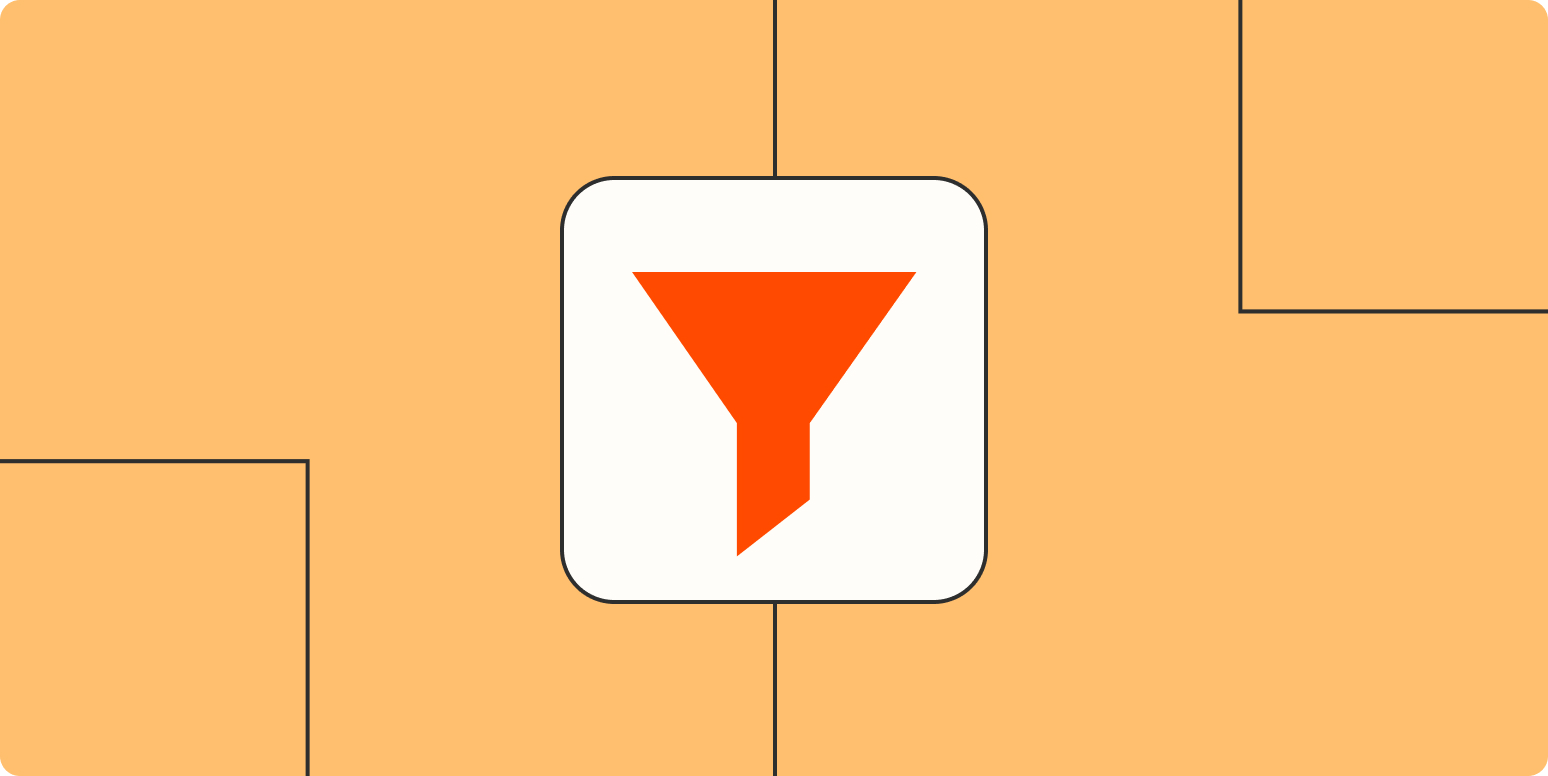It’s been an unusual few years for everyone, but small businesses especially were hit hard by the sudden changes in buying behavior that came from unexpected quarantines, shifts to remote work (and then back again), and the rest of the unpredictability that has accompanied the 2020s thus far.
Spend less time on lead management
That’s why it’s more important than ever to develop an ironclad lead generation strategy. If you have a solid sales plan in place, you can adjust to changes by adjusting your strategy. A business that just relied on foot traffic to bring in customers, on the other hand, will have to build a lead generation funnel from the ground up if a major change interrupts people’s normal shopping habits.
I want to share with you how my team has tackled lead generation. Because every business will have different lead gen strategies, your journey won’t look exactly like this, but the goal is for it to spark some ideas that help take your lead gen to the next level.
What is a lead generation funnel?
Let’s start with this: what is lead generation?
Lead generation is the process of bringing in potential customers and turning them into qualified leads.
The lead gen process is like fishing. You’ll start by choosing the type of fish you’re after and figure out where to find them, then choose the right bait for your hook and cast your line. It doesn’t end there, though—once you’ve got a bite, you can’t just start reeling in your line. There’s a technique to getting your fish on the hook and bringing it in without losing it along the way.
Stages of the lead gen funnel
There are five main stages of the lead generation funnel: awareness, interest, appraisal/desire, action/confirmation, and conversion.
-
In the awareness stage, you’ll use a lead magnet to capture potential buyers’ attention.
-
In the interest stage, you’ll capitalize on that attention by demonstrating your company’s value and garnering interest in your brand.
-
In the appraisal/desire stage, you’ll focus the prospect’s interest on a particular product or service that provides them a specific benefit or solution.
-
In the action/confirmation stage, you’ll convince the prospect to pull the trigger and buy the item they’ve been considering.
-
In the conversion stage, you’ll close the deal by making the sale.

Lead magnets, a.k.a. prospect bait
The stages of the lead generation funnel show you how you want your prospects to travel toward the sale, but how do you actually do that? The key to fishing for leads is the same as the key to fishing for fish: you need good bait.
A lead magnet is, essentially, prospect bait. These are things that provide value to your target customer—guides, offers, information, entertainment—and get them “through the door,” so to speak. And when it comes to lead magnets that provide value without breaking the bank, content really is king.
Using content for lead gen
Content as a marketing strategy isn’t new, but simply creating content isn’t enough. Your content has to be good, not just…there. Content that gets attention but doesn’t draw people in will get you solid brand awareness, but it won’t generate leads.
At Solvid, we provide businesses with copywriting and content services, and part of our long-term strategy is to build a network of loyal brand ambassadors—a.k.a. affiliates—that promote our services in return for a generous commission. Our goal was to generate enough quality affiliates that we didn’t have to spend a dime on paid marketing. Our affiliates would take care of it for us. In order to do that effectively, we had to use content to generate highly-targeted organic traffic and drive natural leads.
Find your target customers
First things first: we needed to make sure that we were reaching the right people. In our case, we wanted to target bloggers as potential brand ambassadors.
We knew that bloggers often monetize their blogs once they start generating a good amount of traffic, and that one of the most popular ways to do that is through affiliate marketing. So after a few days of keyword research and competitor analysis, we came up with a strategy: produce an in-depth blog post covering the best affiliate marketing programs for bloggers.

We created the piece, and within a few months (which is what it takes to gain traction with SEO), it started generating around 500 daily visits. We’d initially not included our own program in the list to avoid seeming overly self-promotional on the first go, but once we saw that our content was offering value to readers, we added our own affiliate program to the list (only at the second spot).


And we were getting signups from the blog post, too. In the image above, you can see that the post generated 316 unique visitors, 34 of whom proceeded to the affiliate registration page. From there, 17 registered—that’s a ~5.4% conversion rate. Not bad for a blog post, considering that we didn’t even put our own affiliate program first on the list!
Though we were lucky enough to see some immediate results, content alone isn’t enough to generate reliable conversions. That’s where calls-to-action, or CTAs, come in.
Using CTAs for lead gen
We used two types of call-to-action (CTA) to get more traction: sticky CTAs and exit CTAs. Here’s what a sticky CTA looks like:

This banner wasn’t very intrusive, and it generated a good number of signups (over 600, which we measured through OptinMonster).
Our exit intent pop-up was intended to capture email addresses of people who were about to leave the website (meaning they were moving their cursor toward the close button).

You may find these kinds of pop-ups annoying as a reader, but as a seller, you’ll find that not everyone agrees. This pop-up alone generated us over 700 email subscribers over 12 months.
You’ll notice that these two CTAs have different goals—the first asks readers to sign up for our affiliate program, while the second asks them to sign up for our newsletter. Those who will move quickly through the funnel will be more likely to click the sticky CTA, while the exit CTA targets those who need a little more time in the interest phase. Which brings us to our next tactic: email marketing.
Using email marketing for lead gen
Email marketing provides a way for us to keep leads engaged and show them more content that will continue to increase their interest and move them toward eventually signing up for the program. We wouldn’t send the same types of emails to potential affiliates that we sent to potential customers, so we use ConvertKit to tag each subscriber with identifying information based on which form they used to sign up.

Once someone subscribes to our email list, they’re segmented into a very specific email channel with its own chain of automated emails relevant to their interests—in this case, affiliate marketing.
The first email is a welcome email that includes links to resources on our blog that might be helpful for someone just starting out with affiliate marketing. We include a link to our affiliate program, but it’s not front and center quite yet.

Two days later, we send out a second email, designed to promote a few specific affiliate programs—including ours. And the automated emails continue until someone signs up, at which point they’re moved into a different email journey.
When automated correctly, a lead generation funnel is kind of like having a salesperson to work on bringing in new clients while you work on other things. You’ll need to continually create new lead magnets and funnel content, but a good automated funnel can do a lot of the tedious work and free up your time to focus on all the other things that make your business tick.
Here are a few more resources to help get you started:
This was a guest post by Dmytro Spilka, CEO at Solvid, a creative content creation agency based in London. Want to see your work on the Zapier blog? Read our guidelines, and get in touch.
This article was originally published in February 2021. The most recent update was in August 2022.
Need Any Technology Assistance? Call Pursho @ 0731-6725516





